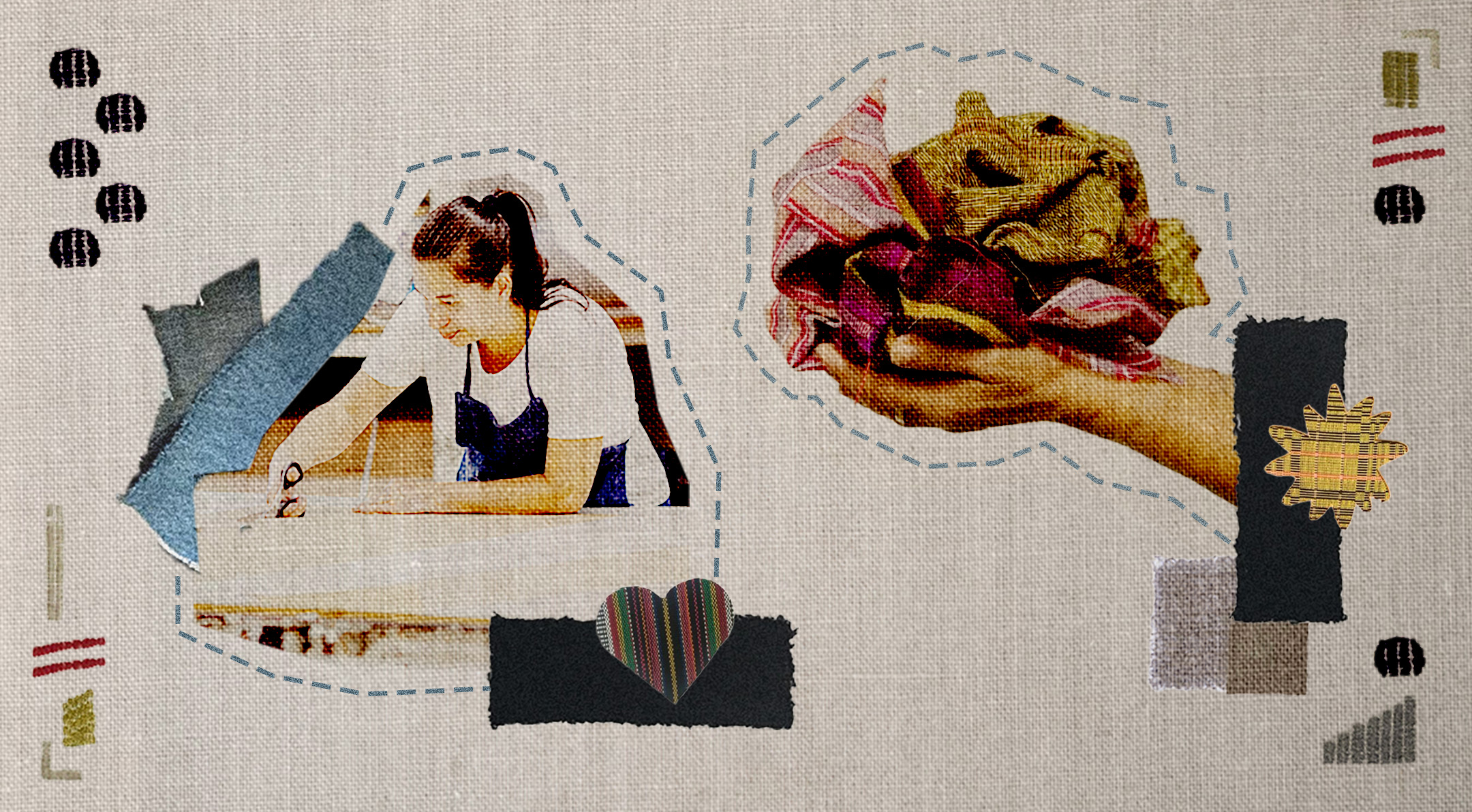It’s been 3 months since the novel coronavirus COVID19 first broke out and there still isn’t any cure or vaccine for it. As of writing, it has now spread to 90 countries and has taken 3,386 lives. In the Philippines, we have 5 confirmed and/or officially announced cases, with two local cases being recorded. The numbers are pretty low at this point but with the nature of the virus not completely being known yet, we must stay vigilant.
A huge chunk of protecting ourselves from this virus is keeping ourselves and our surroundings clean; though we may think that our house is a safe haven, unless we don’t go outside and aren’t living with anyone, having an epidemic like this doesn’t make this entirely true. With this, here’s a rather comprehensive and sectioned guide to make sure that your home wouldn’t be a breeding ground for the coronavirus or any virus for that matter.
In general
Wash your hands AND your feet immediately when you get home
This is the most worn out tip—oh wait, scratch that—necessary precaution during times like this. Though, as much as possible, use warm water and an antibacterial hand soap instead of scented handwashes and while you’re at it, make sure you also wash your feet as thoroughly since there’s still the risk of bringing dirt and bacteria in your bed.
Cut your fingernails
If we could get away with forgetting to cut our fingernails back then, now is the time to keep in mind that longer nails store a lot of gunk and viruses that handwashing can miss. Going as short as possible will make you have less to worry about.
Disinfect things/surfaces you always touch
This can effectively be done by using at least 70 percent alcohol, diluted bleach or distilled vinegar; if you’re using the latter two however, keep in mind to leave the it on for 30 seconds before wiping down.
We’ve also listed down the things we often use to remind you of what you should always be sanitizing:
- Phones
- Laptops/keyboards
- Door knobs
- Staircase railings
- countertops
- Electronic switches including electric fans, lightbulb, television, remote controls
- Refrigerator handle
- Skincare products
- Eyewear
- Toilet flusher
Cover your mouth when you sneeze even at home
You should still cover your mouth with a tissue or your elbow to prevent scattering possible bacteria that can stick to your furniture.
Laundry protocol
To effectively kill germs from clothes, wash and dry your laundry at the highest temperature the fabric can stand. You should also make sure you run your washer empty with a cup of bleach once a week to disinfect it and keep it fresh.
Practice proper garbage disposal
Your trash can ,which should have all the waste you used, including tissues and masks, NEEDs to be placed in an isolated area/corner and away from where you’re likely to lounge around and most especially where you’ll be eating.
When disposing of your trash completely though or when you take out the trash, make sure to secure and seal the bag as much as you could not only for you, but also for whoever’s collecting it to not get exposed to your waste. For this to be possible, the bag needs to only be three fourth’s full so you could tie it very tightly. Also consider placing it in another trash bag if you think its contents might be vile.
Treat all cleaning waste in the same way.
Living room

Leave your shoes at the door
Provide a designated area or rack for shoes coming from the outside just after the entrance of your house as well as the appropriate change of footwear near the door. Wouldn’t want all the grimy carriers from the streets coming in now, won’t we?
Invest on an air filter or open windows once a day
Improved air quality through an air filter can fight the virus in two ways: The first is by filtering virus particles that can be released into the air by an infected person (as recent studies show it can be contracted via airborne particles like most respiratory diseases). And second is that improved air quality contributes to a healthier body making it less likely to be susceptible to viruses by also supporting our immune system.
In the kitchen

Disinfect your sponge and sink every after use
Leftover food and even saliva on a sponge or around your sink do not just disappear but tend to settle into it. Don’t let them pile up and seep into the dishes that’s supposed to come out clean.
Use different cutting surfaces and knives
Since the virus is suspected to have come from animal to human interaction, good food safety practices should equally be emphasized. Using separate chopping boards or surfaces for raw meat, milk or animal organs as well as washing hands between handling raw and cooked food should be practiced to avoid potential cross-contamination with uncooked food.
Also clean rods of utensils/ tools you’re using
The rods or handles of your utensils are also the things you should be looking out for since they tend to also touch our food or get close to our faces.
Avoid eating things with your hands (yes, even finger food)
The other day, I asked for a fork so I could eat these mini cookies I bought at the mall last week. Even if it seems absurd to be forking your french fries or using a tissue barrier for finger food, it’s really better to be safe than sorry.
Bathroom

Wash towels every three days
Just because you’re “clean” when you dry off with a bath towel doesn’t mean your towel stays the same. Bath towels absorb a lot of water and remain damp for hours which makes it the perfect breeding ground for unwanted germs and viruses.
Close toilet lid before flushing
Everyone should honestly be aware of what toilet plume is because it is such a dark horse not only to hygiene but also your health. For those of you who still don’t know about it, it is the germs and fecal matter that get shot upwards whenever we flush our toilets which can reach up to 15 feet high! Imagine that? An absolute nightmare.
And if you’re wondering why this has to be kept in mind even with the coronavirus, well, it’s because there have also been studies pointing to the fact that it the virus can also be transmitted through fecal particles.
Bedroom

Change bed sheets once a week
Normally, changing your bed sheets every two weeks is the ideal frequency, but at times when a contagious disease might be looming around, experts suggest you change them once a week and spray over before you sleep on it.
Don’t leave used clothes lying around
Viruses are said to survive in cloth for four to six hours. If you want to reuse unwashed clothing, hang them outside under the sun as direct heat from the sun is proven to disintegrate germs. If this isn’t an option, isolate clothes in one area of your room and disinfect by using a steamer or spray with an actual disinfectant like alcohol until damp. This should be followed especially when it comes to used outerwear or better yet, launder them immediately since they’re more exposed to outside forces.
Get more stories like this by subscribing to our weekly newsletter here.
Read more:
Header photo courtesy of Daiga Ellaby on Unsplash
Fact or fiction: Debunking misconceptions amid the coronavirus outbreak
Coronavirus confirmed in PH, here’s what to do next
Don’t use the coronavirus outbreak as an excuse to be racist










































